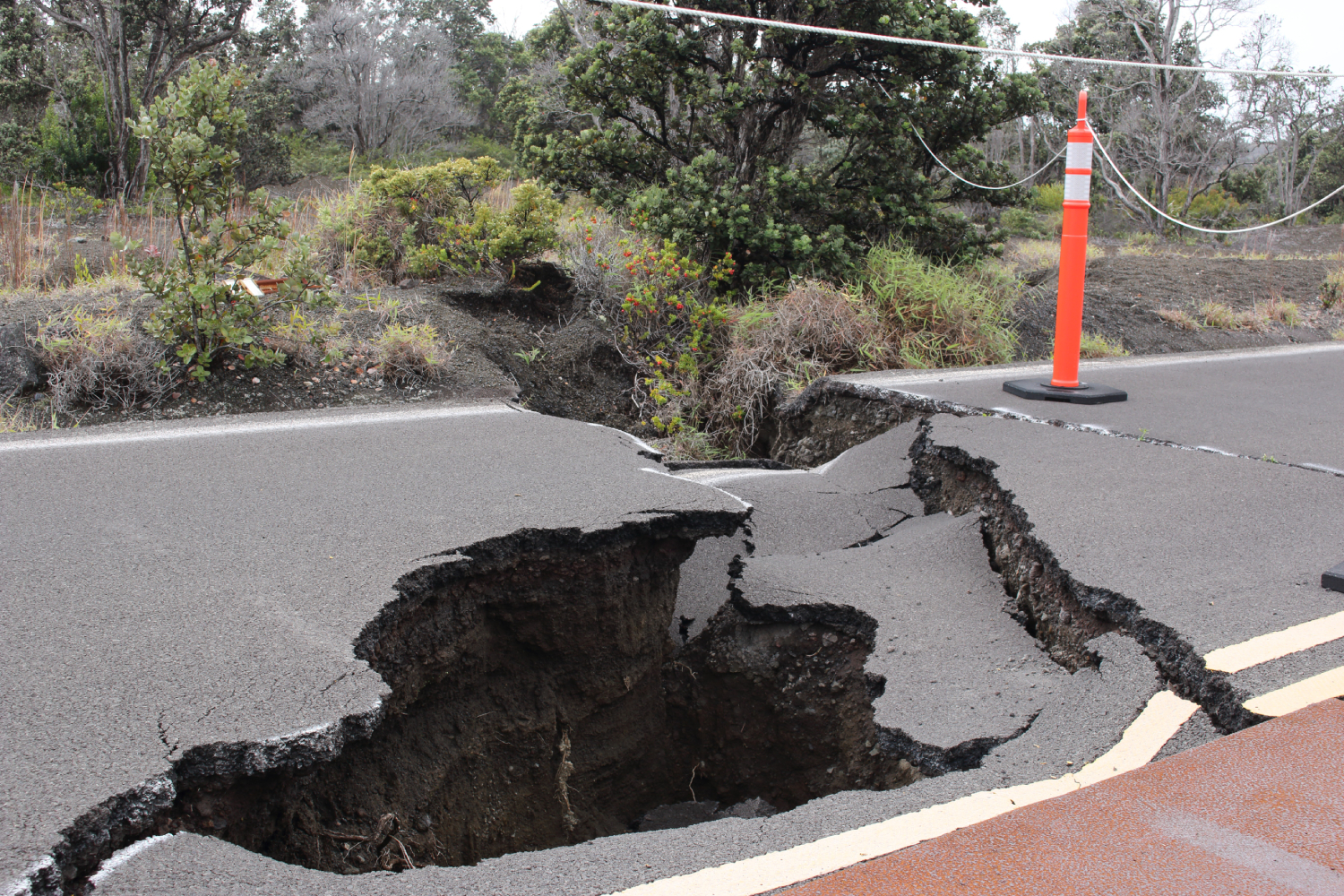An animation published by the National Oceanic and Atmospheric Administration (NOAA) traces the earthquakes that struck the Earth from 1901 to 2001. In addition to opening a window on the recent geological history of the planet, the video testifies to the great progress of seismology over the past century.
In the United States, the role of NOAA is ” to inform the public of the role and functioning of the oceans as well as the atmosphere in order to make informed choices in their interactions with them “.
What exactly do we see?
Animation shows all recorded earthquakes as they occurred from 1er January 1901 to December 31, 2000, at a rate of one year per second. The hypocenters of earthquakes, that is to say the breaking point of rocks, first appear as lightning, then turn into colored circles which shrink over time so as not to mask subsequent earthquakes. The size of the circle represents the magnitude of the earthquake, while the color represents its depth in the Earth. The video brings together some of the most destructive natural disasters of the XXe century.
After the initial animation, all earthquakes listed during the 100-year period appear. Then, only earthquakes above magnitude 6.5 are seen, the smallest magnitude known to cause a tsunami. Earthquakes of 8.0 or greater, most likely to generate a tsunami when they occur under the ocean or near a coast, are displayed next. The animation ends by highlighting the faults in the earth’s crust responsible for the majority of these earthquakes, which scientists continue to study carefully to better understand their origin.
The evolution of seismology during the XXe century
As NOAA explains, the scientific study of earthquakes emerged in the 20the century with the birth of the seismograph, a measuring instrument capable of recording ground movements. The animation makes it possible to realize the evolution of the discipline. At first only the largest earthquakes are listed, then over time smaller and smaller earthquakes are recorded.
For example, the number of earthquakes seems to increase worldwide in the 1970s. In fact, this is a period in which seismology made a new leap forward thanks to advances in telecommunications and signal processing. by digital computers. Even Android would (to some extent) detect earthquakes these days.
The seismology of the XXe century revealed the worldwide geographical distribution of earthquakes and helped consolidate the theory of plate tectonics. This is a field of study that obviously continues to evolve, and which even benefits from advances in the field of artificial intelligence.
Source : NOAA

2